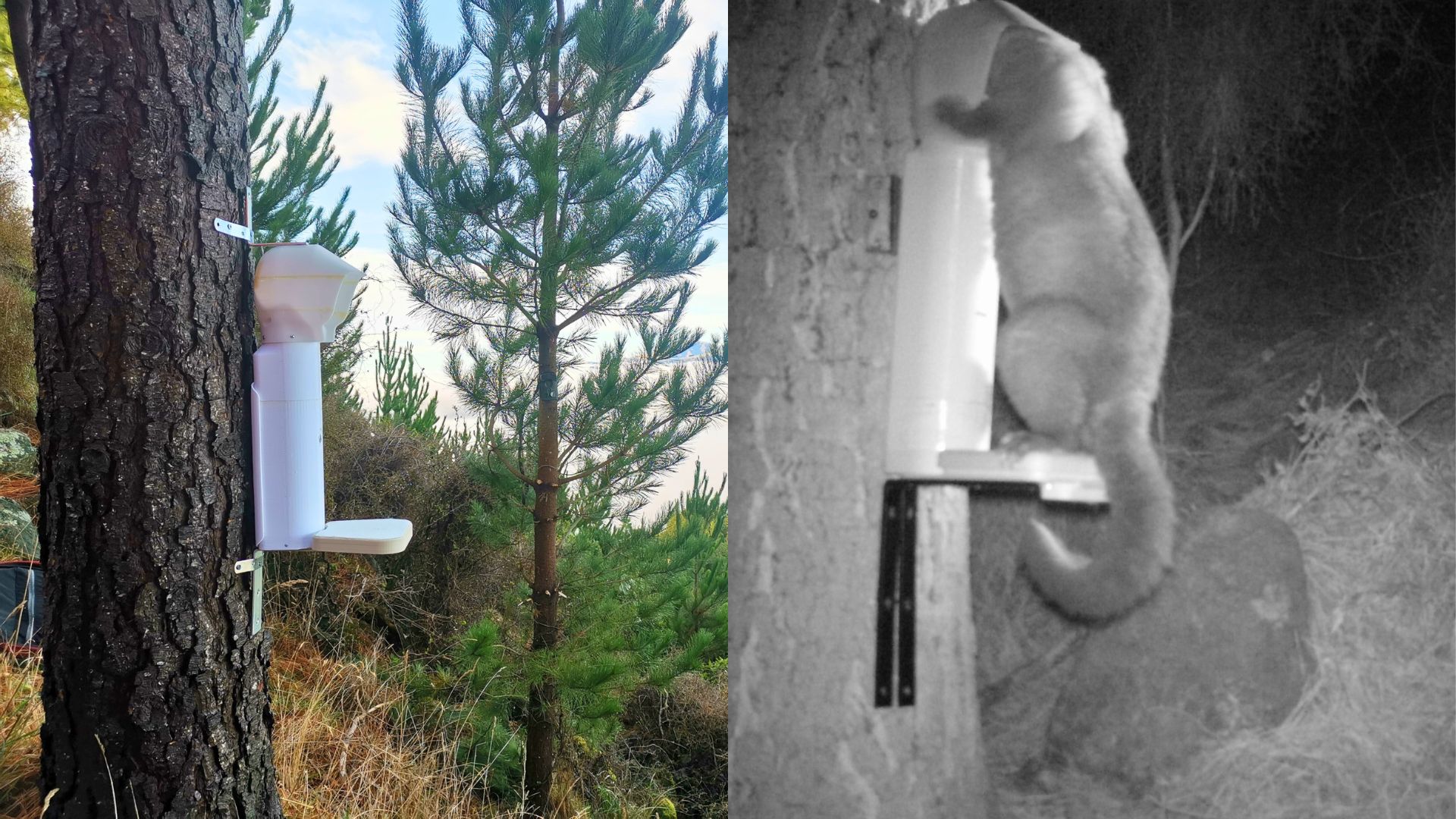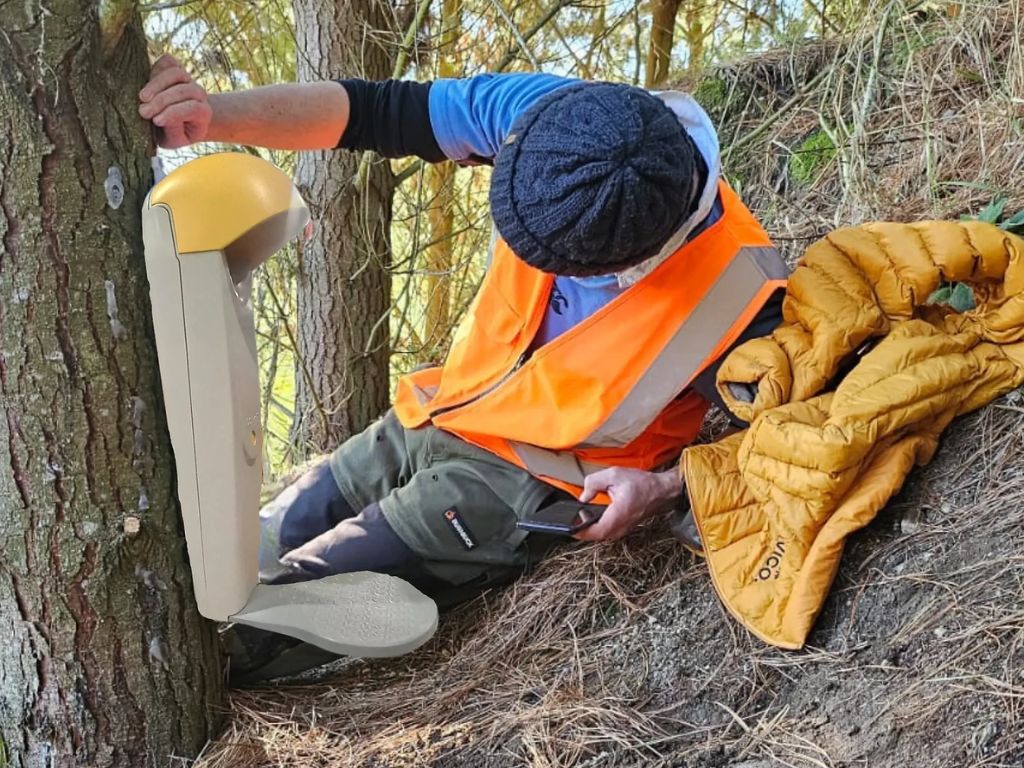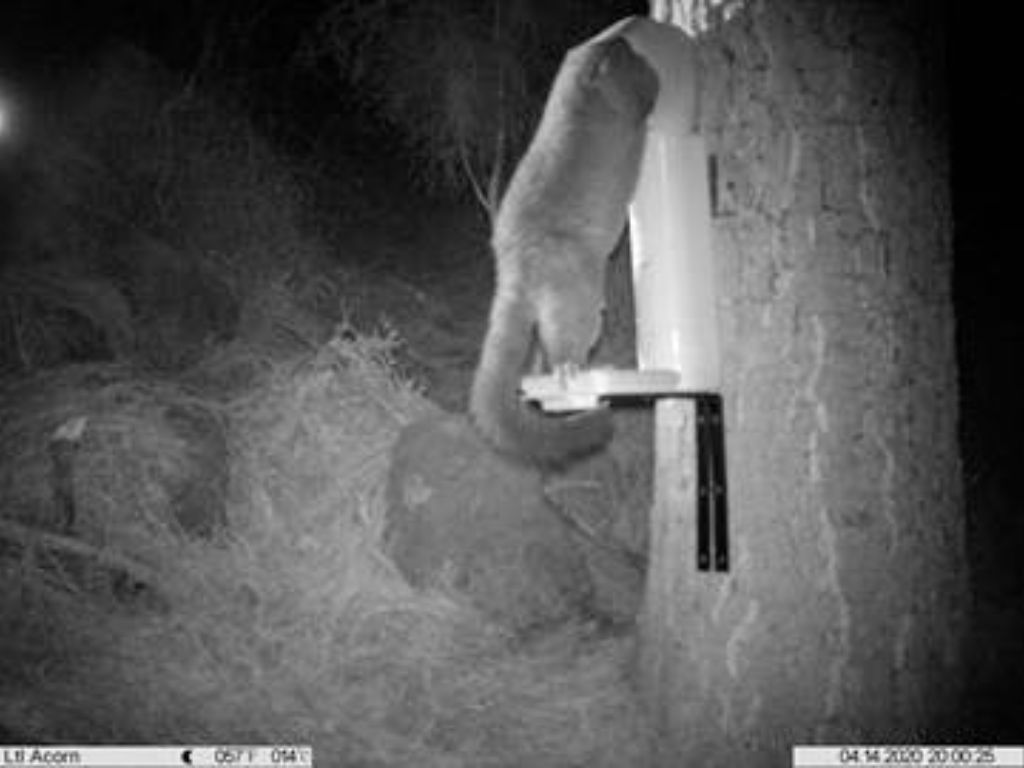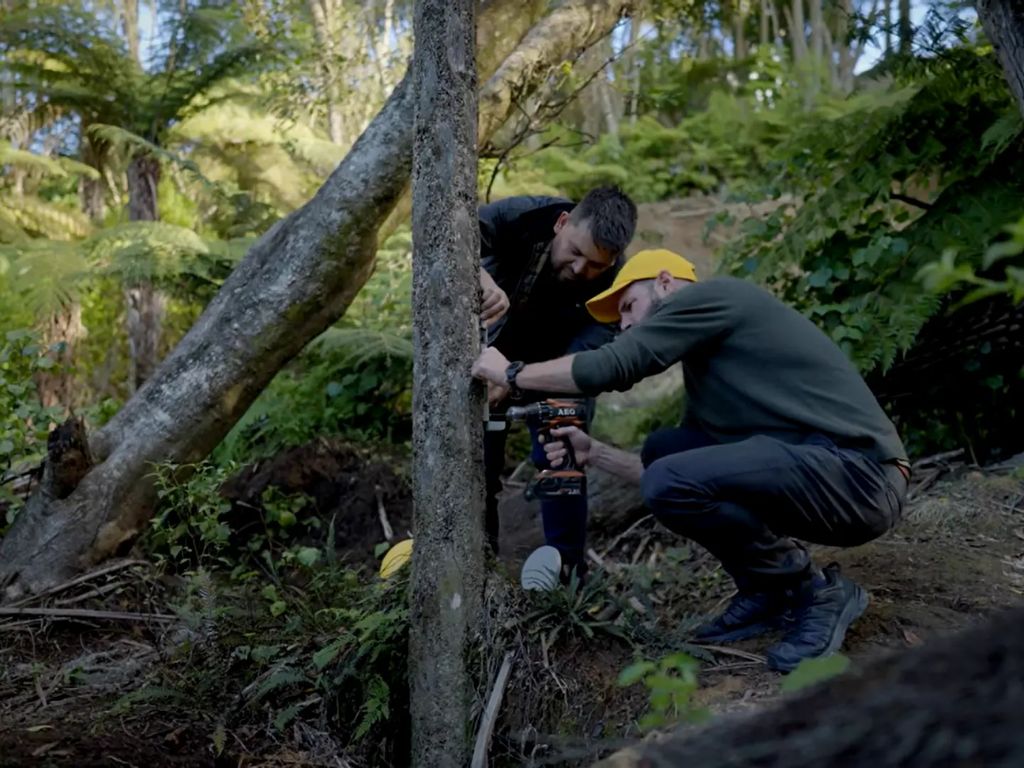The new device delivers a deadly dose of toxin straight onto a predator’s fur as it enjoys a free meal. Later, the unsuspecting animal ingests its fate with a lick during grooming. Envico Technologies’ new device is a clever twist on nature, turning predator habits into their undoing.

Armed with a sensor array and a specially designed lure, the Spitfire focuses on possums, leaving other animals untouched. When the device interacts with one of its targets, it sprays a lethal toxin on the animal’s fur, which it ingests during grooming.
What truly makes the Spitfire stand out is its ability to take advantage of predators’ natural behaviours, turning their grooming habits against them.
Envico CEO Cameron Baker is confident the Spitfire outperforms traditional traps. He says it eliminates the possibility of trap shyness because the animals don’t even realise they’re in danger.
“If an animal interacts with our device, it’s game over. But from their perspective, it’s just another meal,” Baker explains.
A long journey
While the Spitfire’s cutting-edge technology may seem brand new, its origins go back more than 15 years. The Department of Conservation first explored the idea of a long-lasting toxin dispenser; its initial design was a tree-mounted platform that would only trigger for animals of the right size and shape. An early prototype showed promise but didn’t make it much further.
It wasn’t until 2019 that Envico rediscovered the plans and decided to breathe new life into the project. The company saw potential in the original idea and successfully submitted a proposal to Predator Free 2050 for funding to pick up where things left off.
From there, it was a matter of trial and error.
A lot of it.

Project engineer Phil Elton recalls the countless hours the team spent fixing the original design’s flaws.
“We carefully optimised the Spitfire to accurately target [possum and stoats] from other possible animal interactions and through device architecture, sensor selection and programming smarts,” Elton says.
Once the trap is triggered, it resets itself and periodically dispenses fresh lure to attract the next target.
Inside the mind of a predator

To make the Spitfire as effective as possible, the team had to step into the mind of a predator. But understanding what makes these creatures tick wasn’t easy.
“As anyone who’s worked with animals will know, they’re often unpredictable and will behave in an infinitely different number of ways,” Elton says.
It’s an intensive process, but Baker believes it’s what makes the Spitfire so effective.
“We spent a lot of time doing behavioural studies on the target animal in its natural environment to work out what the triggers can actually be. What’s the unique thing it does compared to everything else in its environment?”
Bringing it to the people
For Envico, the Spitfire fills a critical need for large-scale predator control. It can operate for up to a year without needing a refill, and with a target cost of under $400 per unit, it could significantly lower predator elimination and control costs. Deploying the Spitfire in remote areas could also allow conservation teams to focus on other tasks.
But before the Spitfire can make a widespread impact in New Zealand, it needs approval from the Environmental Protection Authority (EPA) — a process that can take up to two years. Each species-specific version of the Spitfire requires its own approval, adding to the wait time.
Since the Spitfire doesn’t fit neatly into the traditional category of toxin-based devices, Envico faces additional paperwork at each stage of trials.

Elton hopes the EPA will eventually streamline the process to encourage more innovative solutions that align with New Zealand’s Predator Free 2050 goals.
In the meantime, though, Envico isn’t waiting around. The Spitfire is already being used overseas, in places like French Polynesia and Texas, where there are fewer restrictions. In Texas, the device is even being used to administer medicine to opossums, which are similar in size and shape to New Zealand’s brushtail possums.
Baker believes that once the Spitfire receives EPA approval and becomes affordable, it could make a significant difference in New Zealand’s conservation efforts.

